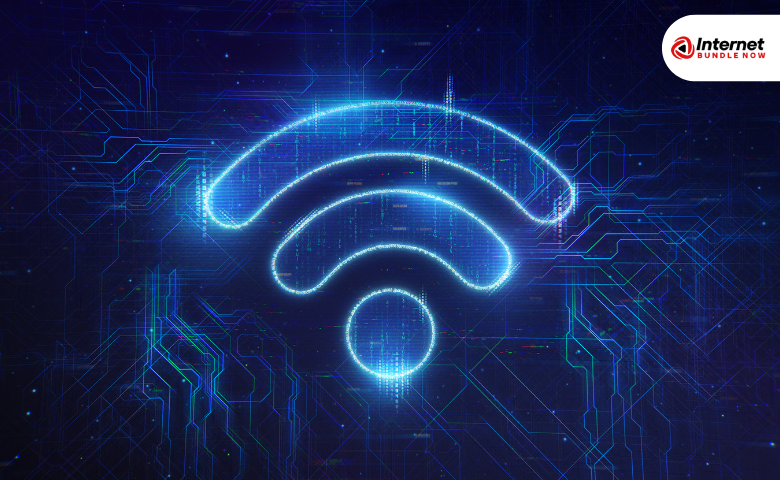- TV
How to Get Premium Channels with Your Cable TV Bundle?
Access to exclusive entertainment content is a priority for many viewers seeking a richer television experience. Premium chan...
Explore More
In today's digital age, a reliable home network isn't just a luxury—it's a necessity. Your network's performance can make or break your online experience, from streaming movies to working from home. At Internet Bundle Now, we want to ensure you getyou're the most out of your internet service providers. Here's your go-to guide for optimizing your home network to enjoy fast, reliable, and secure internet all day.
Before diving into optimization tips, understanding your home network's basic components is essentialit's. Your setup typically includes a router, which distributes the internet signal, and a modem, which connects you to the internet service provided by Internet Bundle Now. Some homes also have switches or access points to extend coverage.
There are two main types of networks—wired and wireless. While wired networks are stable and offer consistent speeds, wireless networks provide mobility convenience. Understanding the difference between bandwidth(the amount of data your network can handle) and speed (how fast that data travels) can help you make informed decisions.
Your network's performance starts with the proper hardware. Choosing the right router is crucial—consider factors like coverage area, speed, and additional features like parental controls. Make sure your modem is compatible with the internet plans from Internet Bundle Now, as this can significantly impact your connection speed.
Consider investing in a mesh network system if you have a larger home or struggle with dead zones. Unlike traditional routers, mesh networks use multiple nodes to ensure seamless coverage across your entire home. Alternatively, Wi-Fi extenders and boosters can help amplify your signal in problematic areas.
Believe it or not, your router's location can drastically affect your network's performance. For the best coverage, place your router in a central location within your home. Avoid placing it near thick walls, metal objects, or other electronic devices that could cause interference.
Elevating your router, such as placing it on a shelf or mounting it on a wall, can help the signal travel more effectively throughout your home. This simple tip can eliminate many connectivity issues.
Security should be a top priority when setting up your home network. Start by using strong, unique passwords for your network and router settings. If your router supports it, enable WPA3 encryption for the latest and most secure protection.
For added security, consider setting up a guest network for visitors. This way, you can keep your main network private while still offering internet access. Dondon'trget to regularly check for firmware updates on your router—these updates often include important security patches.
Additionally, be mindful of bandwidth-hogging applications like streaming services or large downloads. These can significantly impact your netnetwork'srformance. Network monitoring tools can help you identify which devices or apps use the most bandwidth.
Another tip is to select the least congested Wi-Fi channel. In densely populated areas, multiple networks might overlap, causing interference. Using a Wi-Fi analyzer app can help you choose a less crowded channel, improving your connection stability.
Powerline adapters are another great option. They use your homhome'sectrical wiring to extend the network signal. This is particularly useful in homes with thick walls where Wi-Fi signals might struggle to penetrate. For the most seamless experience, a mesh network offers multiple nodes working together to provide consistent coverage.
If youyou'reto online gaming or need remote access to your home network, configuring Port Forwarding and NAT (Network Address Translation) can help improve performance. Dynamic DNS services also allow you to access your home network remotely, a handy feature for those who travel often.
Interference from other electronic devices, such as microwaves or baby monitors, can disrupt Wi-Fi. Minimizing these disruptions can help stabilize your connection. If your network suddenly slows down, running a speed test can help you diagnose slow speeds and identify if the issue lies with your network or external factors.
With the rise of smart home devices, preparing your network for the Internet of Things (IoT) is crucial. Ensuring your network can handle multiple connected devices without slowing down will keep your smart home running smoothly.
Finally, consider adopting cloud-based networking solutions, which allow you to manage your network from anywhere. This is especially useful for monitoring your home while youyou'reay.
Latest insights, tips, and updates from our experts.
George
Tips for Optimizing Your Home Network